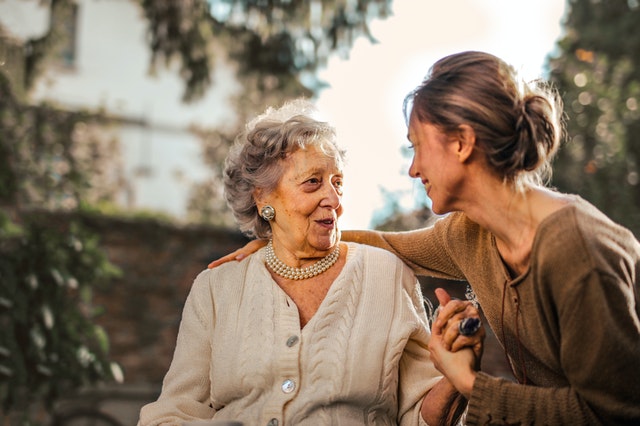The number of people over the age of 50 is expected to more than double by 2050. One of the things that makes this generation one-of-a-kind, other than their population volume, is that they contribute $7.6 trillion to economic activity, meaning they are more active and independent than their predecessors. As they age, their goal is to do so as actively and independently as possible.
Technology is the transformative solution making this possible. We’re standing at the threshold of a disruptive moment in history, where there’s a significant opportunity to change the way people age. According to a report by the Consumer Technology Association, the ‘active aging industry’ — which includes smart/safe living technologies, virtual care, and wellness tech — will likely triple to $30 billion in the next three years. This is an exciting time for the tech industry, but an even more remarkable time for seniors.
The best part about these technologies is that their benefits are twofold: they support independent seniors, but also serve to make the lives of those living in skilled nursing facilities and other long-term centers better as well.
Here’s a glimpse at some of the most prominent tech devices making a buzz.
Virtual Reality for Empathy
The founder of Embodied Labs realized that if she could better understand her mother’s Alzheimer’s diagnosis, she could improve the care she provided to her. This is what inspired her company, and her use of virtual reality headsets to give caregivers a glimpse into their patients. These VR headsets simulate a number of conditions, including Alzheimer’s, Parkinson’s, and macular degeneration, so that caregivers get real insight into what it’s like living with one of these disorders. This insight will aid in empathy, help train healthcare workers, and will even support the difficult conversations caregivers frequently have to have with residents and their families.
Robotics for Connection
Seniors are more prone to feelings of isolation, which can contribute to poor health. Companies like Intuition Robotics and Joy for All are building robots that act as companions to older adults. These devices can participate in conversations, nudge people to take their medications, and can even be used as a way to communicate with family and friends. They can take the shape of an item in a room, or look and feel just like a real pet.
Devices for Gut Health
Working in the healthcare industry, your staff knows how important someone’s gut health is to their overall wellbeing. While residents are constantly monitored, devices like a smart toilet aid in the care of seniors. Toi Labs, for example, created a toilet seat with sensors that can see the color, consistency, frequency, and shape of someone’s bowel movements. This information can help nurses determine if someone is dehydrated, has a urinary tract infection, or could have a more serious, life-threatening illness.
Devices for Fall Risks
As people age, they become fall risks. One fall can have detrimental impacts to a person’s life, so it’s important to prevent these risks as much as possible, especially in SNFs and long-term care centers. One company, VitalTech, launched a wearable with voice call-out and fall-detection capabilities that helps caregivers monitor for falls. Additionally, it can also track oxygen levels, heart rate, and sleep quality as well.
The future of senior care is unquestionably digital. Is your skilled nursing facility or long-term center using this transformative tech to benefit your residents? If not, what are you waiting for?





